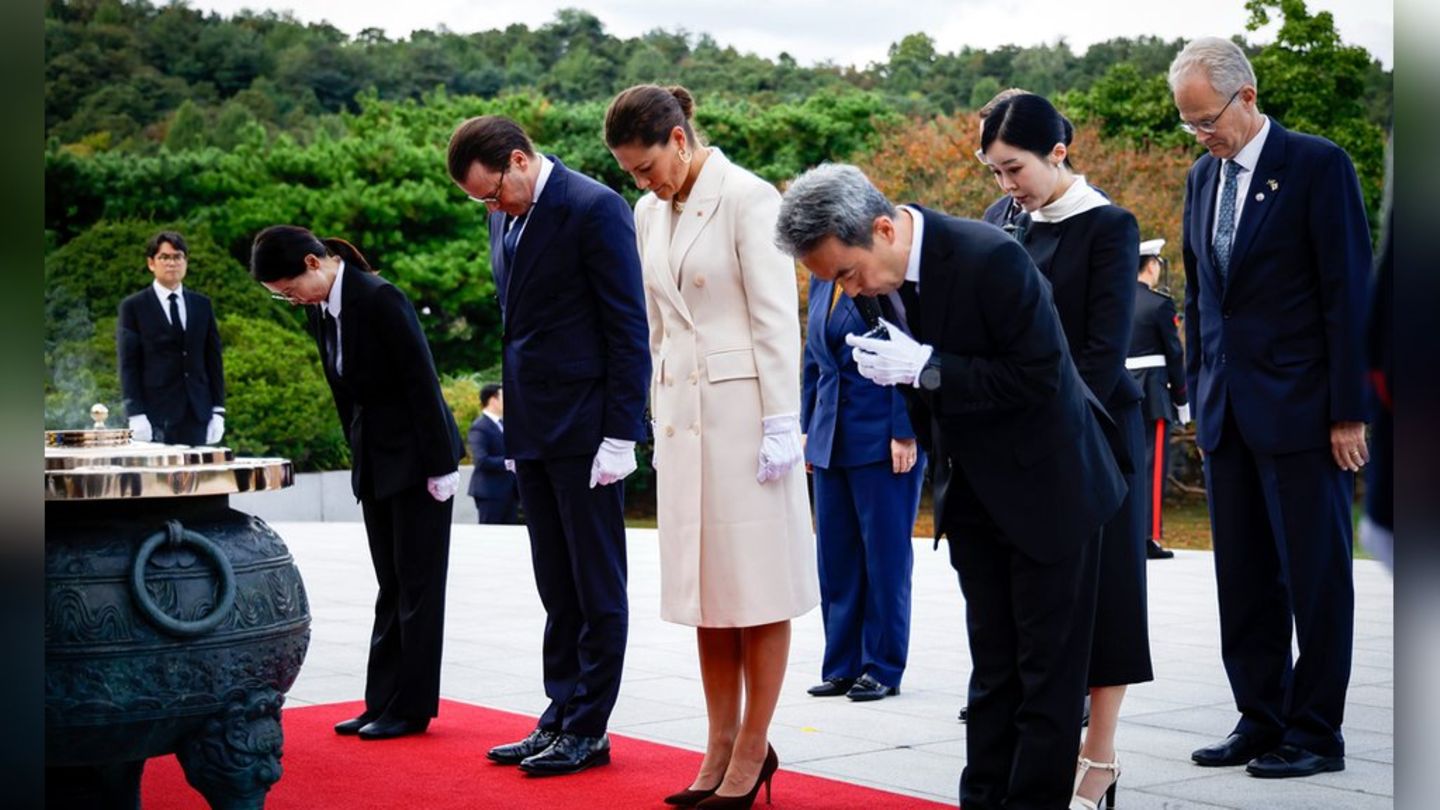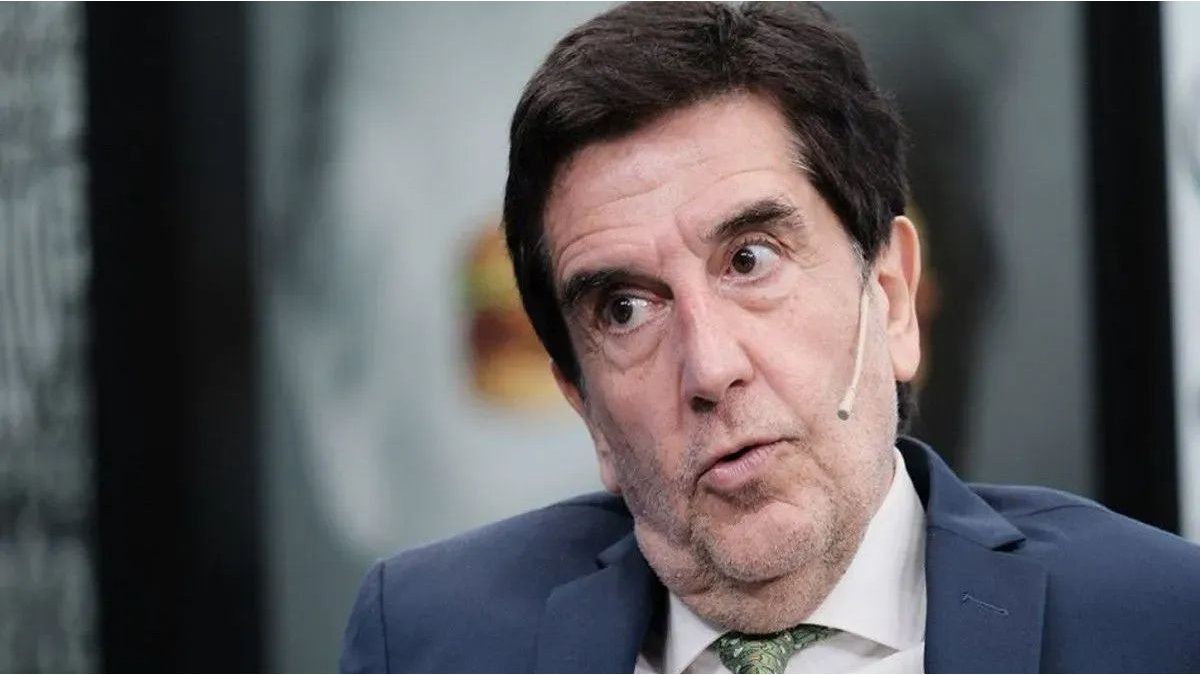Wind turbines are often throttled back when they produce more electricity than is currently needed. The federal government therefore wants to find more electricity consumers for these times – such as small heat generators.
Excess electricity from solar or wind energy can also be used to heat apartment buildings in large cities. Economics Minister Robert Habeck (Greens) visited a corresponding project in Berlin today. In the so-called power-to-heat system, the Berlin start-up Decarbon1ze converted the hot water tank of a residential building.
A type of electric immersion heater was installed in the tanks via the maintenance ports. Powered by otherwise unused green electricity, the heating elements heat the water for the house’s heating system.
Lots of potential in small heat generators
This is a “win-win situation” for everyone, said Habeck. “For the consumers who use the very cheap electricity to save on expensive gas” – and for the grid, which is relieved by the additional use. The head of the transmission system operator 50Hertz, Stefan Kapferer, sees a lot of potential in such small systems. According to Kapferer, around 350 megawatts of electricity could be used in the company’s own grid area in this way.
When the sun shines continuously or there is a lot of wind, there is often more electricity from renewable energies in the grid than can be used at that time. The transmission system operators then have to switch off wind turbines so that the grids are not overloaded. They call this process “curtailment”.
Excess electricity at a reduced price
In order to reduce the amount of curtailed electricity from renewable sources, the federal government has created an incentive: the four transmission system operators can allocate the surplus electricity to consumers at a cheaper price from October 1. Those who then use this electricity and thus relieve the strain on the grid pay less money for it.
However, only consumers in so-called relief areas are eligible for funding. These are areas that are often located closer to the production sites and upstream of the bottlenecks in the transmission network so that the excess electricity can be quickly transmitted there. Berlin is not one of them, but Hamburg is.
Source: Stern




